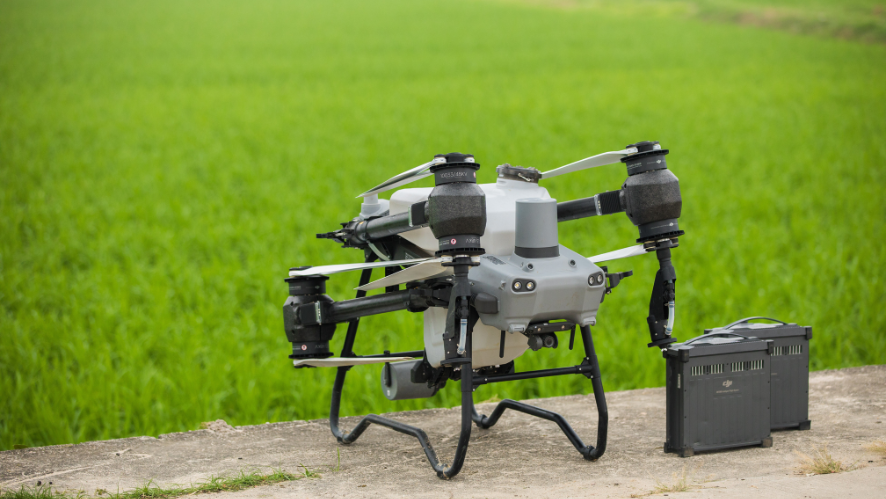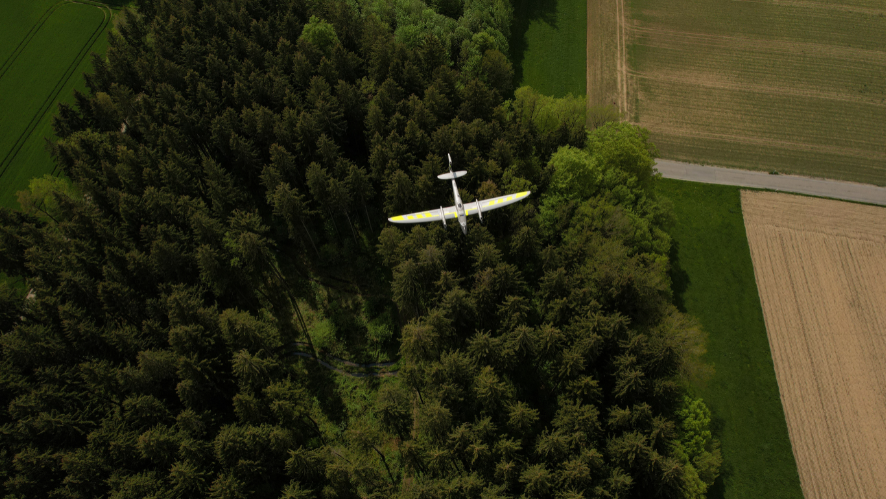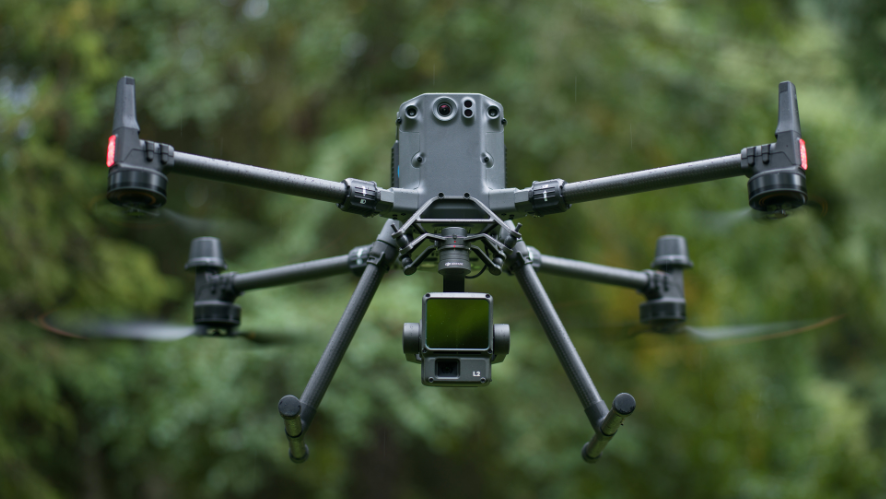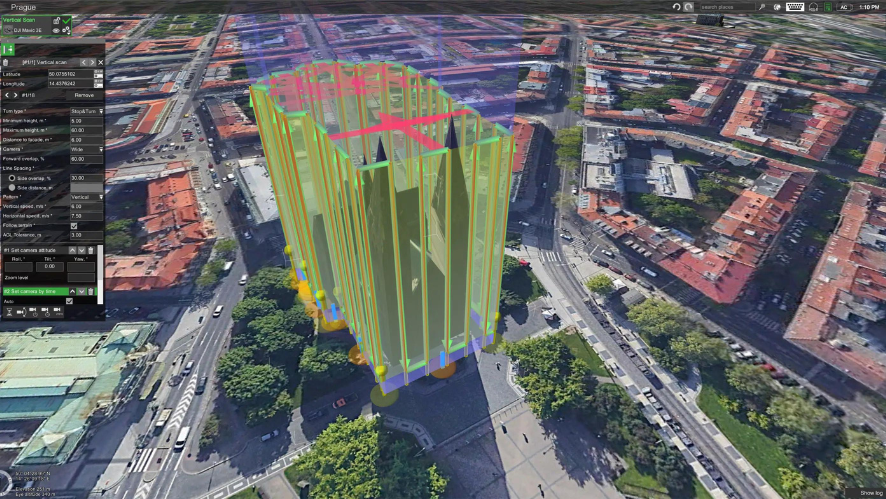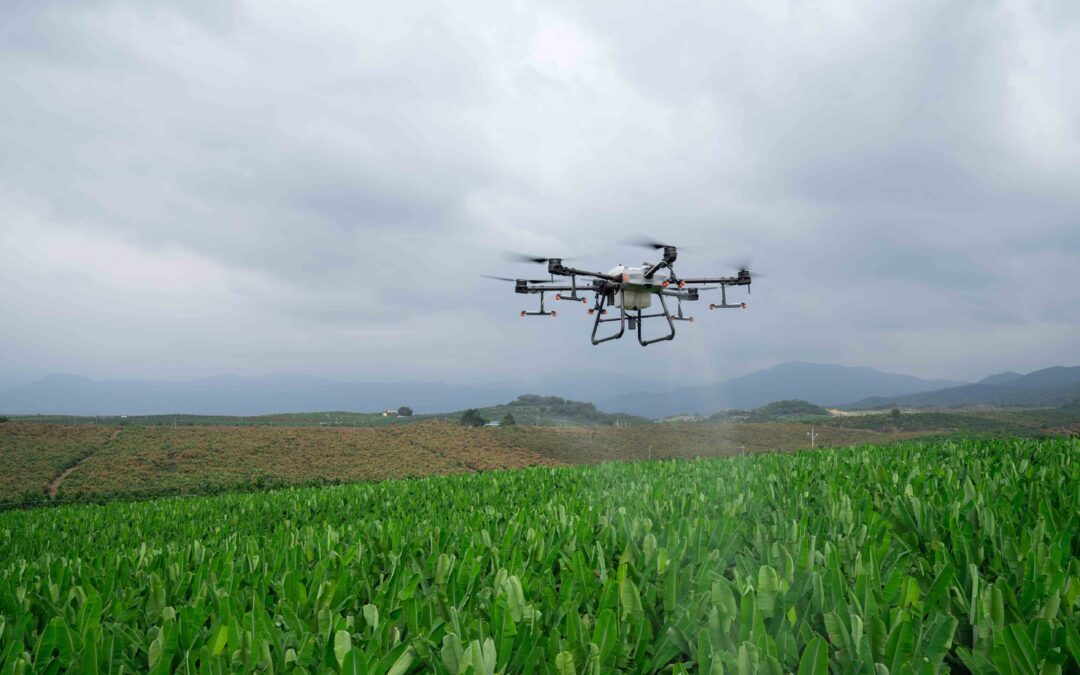Nowadays the agriculture sector has severe problems, legislation does not help farmers and climate change destroys crops and ways of harvesting, as land often becomes infertile. We have been evaluating many alternatives to obtain better benefits for farmers, and we realised that drones in agriculture help to combat all these problems.
In HPDRONES you can find multiple drones that will fit what you are looking for, from drones with camera to carry out seed planting, to drones to control diseases and weeds between crops, achieving high quality results.
How do drones help in agriculture?
Agricultural companies have started to use drones to carry out very specific functions in the agricultural sector, as demand is becoming more and more demanding and farmers have to make very important decisions, on which their harvest depends. Thanks to the implementation of drones for these purposes, precision agriculture with drones is developing.
Decision-making is very important for a farmer, as the yield of the fields depends on it. Therefore, the implementation of drones in agriculture plays a very important role. They provide vital information and carry out indispensable actions, making it easier to manage farms in a much more efficient way.
Main uses of drones in agriculture
As we have already mentioned, the use of this type of unmanned aircraft provides precise and vital information, as it reduces production costs.
In the past, the farmer had to constantly go over his crops to check that everything was going as estimated, but this entailed a considerable expenditure of time and resources. Nowadays, a drone is capable of tracking the entire agricultural area without wasting the aforementioned resources.
Some of the main uses of drones in agriculture are:
Drones for precision farming
Planting seeds requires precision and method, otherwise a branch may never sprout. Luckily for farmers, drones are very precise.
All the farmer has to do is leave the holes in the ground ready, and the drone shoots seed pods onto the ground, saving a lot of cost and manual labour.
Drones for spraying
It is one of the most implemented actions by agricultural companies, crops need spraying in order to grow, either fertilisers or pesticides. In the past, spraying was done either by hand or with the help of aeroplanes, both processes are more costly in time and money for the farmer.
Now, drones are used, and they use the necessary amount, no more and no less, to cover the entire field in just a few minutes.
In addition, the drone pilot can set predetermined flight times or routes.
Drones for crop monitoring
In the past, fields were monitored by taking panoramic photos to see the growth of crops, but this is no longer necessary.
The drone has infrared sensors which give detailed information on the health of the plants and the field. The drone can also make detailed GPS maps thanks to the software installed on the drone.
Drones for soil analysis
Another precision farming action, thanks to thermography, multispectral and hyperspectral technology, drones are able to collect data about the soil. Such as soil quality, nitrogen deficiency or dead zones within the cultivated field.
Drones to monitor diseases and weeds
With similar technology used to analyse soil, drones are able to detect plant diseases and the weeds that can cause them.
Once the disease is detected, the drone can apply a cure with high precision and even tag that crop with the disease it has.
Drones for plant pollination
This technique has been developed by Japanese researchers, who realised that because of invasive pests, bees are pollinating fewer plants.
The solution has been to create very small drones that pollinate crops.
Best drones for agriculture
HPDRONES has created a list of the best drones for agricultural use:
DJI Agras T10: It has a 10-litre tank for spraying, omnidirectional spherical radar, IP67 real-time protection level. In addition, the DJI Agras T10 can operate automatically with high precision and has a cloud platform for smart farming.
DJI Agras T30: Capable of carrying a 30-litre tank, it includes 16 sprayers that take advantage of a pumping system to diffuse liquids through leakage control. Autonomy of 1 hour with a 29,000 mAh battery. It is IP67 resistant. To automate flights, the DJI Agras T30 drone has a GPS RTK system, spherical radar, two cameras and a light for night flights.
DJI Phantom 4 Multispectral: Drone with multispectral cameras, so that although the information is invisible to the human eye, they are of great help to agriculture professionals. The DJI Phantom 4 Multispectral drone is highly recommended for agricultural inspections, research and analysis. It has a 27-minute autonomy, can fly up to 6000 metres above sea level and has a intelligent sensor.
DJI Phantom 4 Multispectral + D-RTK 2: It is the same as the previous model, but with some improvements, as it can do the same functions but apart from that, it has the option of mapping functions and has a built-in mobile station. Get it!
DJI Matrice 300 RTK: Drone used for agricultural activities, which has the ability to fly with only one battery if any anomaly occurs, it has target tracking. In addition, the DJI Matrice 300 RTK has a main flight display, among many of its features.
As you have been able to observe in this post, drones in agriculture are playing a very important role, they have countless uses, they make the farmer save time and money and also, thanks to the accurate and detailed information that drones offer, decision making is much easier.
This sector is booming thanks to the complementation of drones, and who knows if in a few years the agricultural sector will have grown so much that the problem of bees will not be so great and these unmanned vehicles will be pollinating crops.
Do you need help to choose the best drone for agriculture? Contact us without obligation, we will be happy to advise you.







